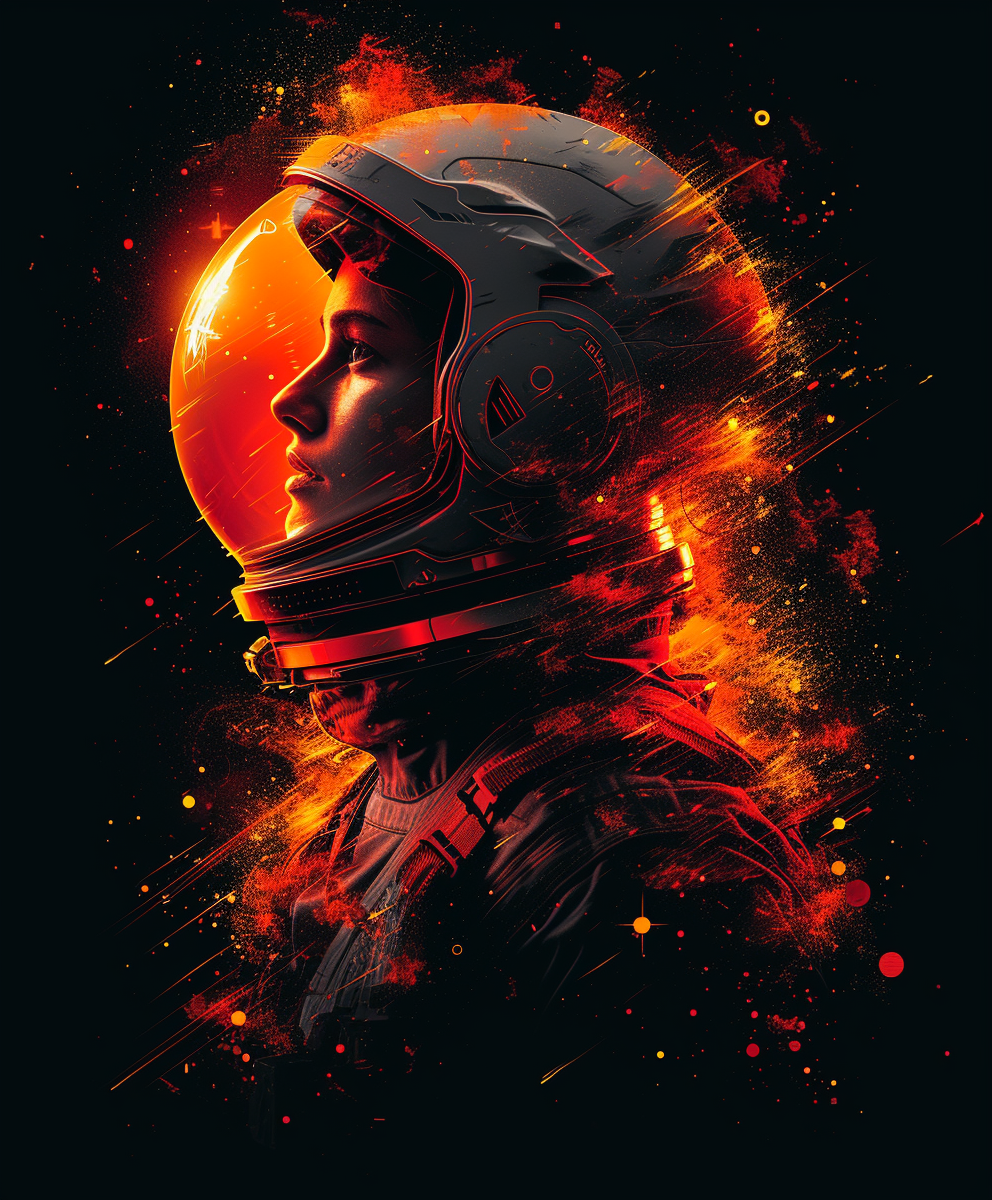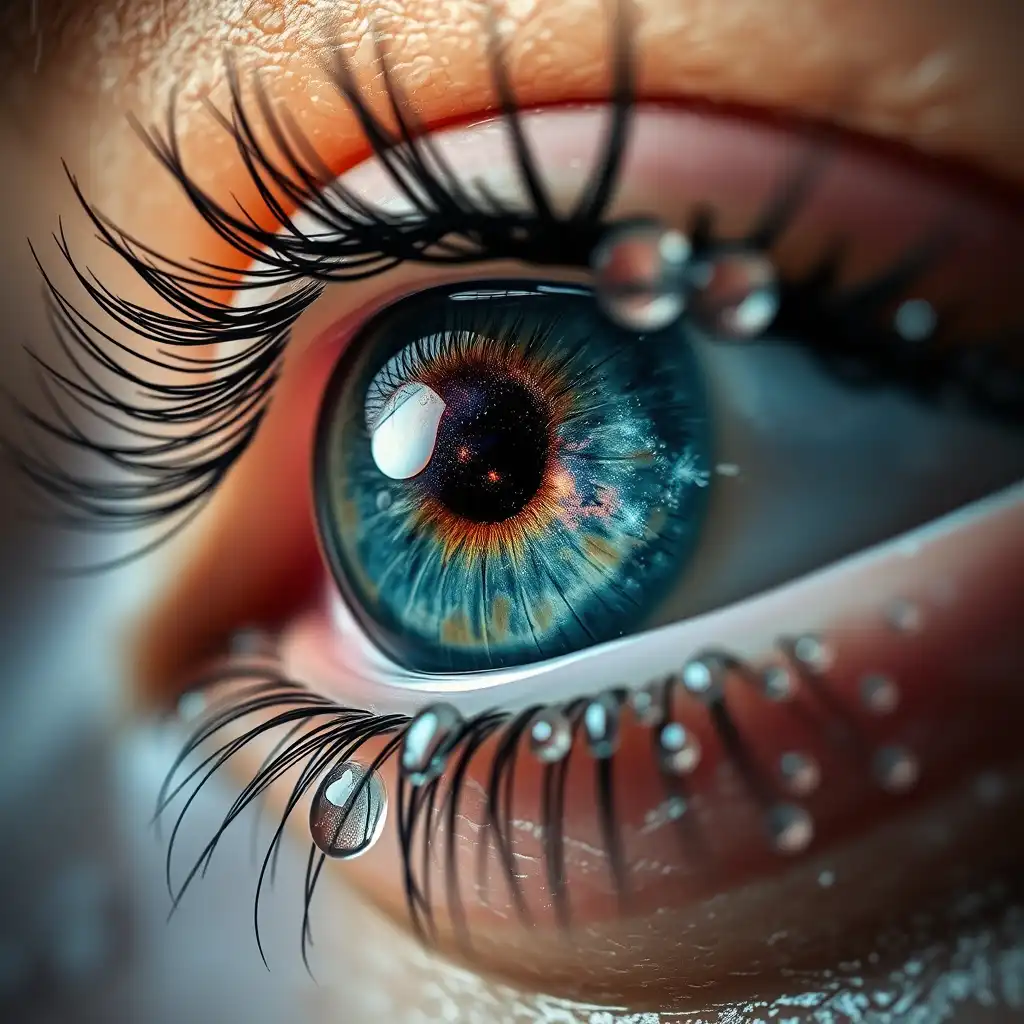For over a century, the photograph has been our primary medium for freezing time. It captures a moment, an expression, a landscape, holding it in perfect, perpetual stillness. We look at old family portraits, breathtaking landscape shots, or dynamic street photography and our minds fill in the gaps—we imagine the wind that rustled the trees, the faint smile that preceded a laugh, the ambient motion of a bustling city. For decades, this act of imagination was a one-way street. But what if we could guide the photograph to reveal the motion it holds within? What if we could tell it not just to move, but how to move?
This is the frontier that is currently being explored and expanded by the latest evolution in artificial intelligence: image to video technology. Far beyond the simple novelty of making a picture wiggle, modern AI is developing a profound understanding of visual language. It’s learning to interpret human intent, delivered through a simple text prompt, to animate a static image with astonishing control over style, color, and character. This is not just about reanimation; it's about collaborative creation, where the user acts as a director, and the AI becomes a sophisticated digital animator, bringing images to life, one prompt at a time.
The Journey from Text to Video: Setting the Stage
To appreciate the leap that image to video AI represents, we must first look at its technological predecessors. The recent explosion in creative AI began with the AI image generator, a technology that taught models to translate abstract textual concepts—a text to video prompt—into stunningly detailed and original still images. This was a revolution in itself, democratizing visual creation for millions.
The next logical step was the AI video generator, which took the same text-to-concept principles and applied them to the temporal domain, creating short video clips from scratch based on a user's description. While groundbreaking, this process often lacked a crucial element of control. The AI would generate a scene that fit the description, but the creator had little influence over the initial composition, character design, or overall aesthetic.
This is where photo to video AI changes the game entirely. By starting with a pre-existing image—whether generated by AI or captured by a camera—the creator establishes a definitive visual foundation. The composition, the color palette, the subject, and the style are already in place. The challenge, and the magic, then lies in breathing life into this foundation in a way that is both believable and art-directed. This is where the power of the prompt becomes paramount.
The Prompt as a Director's Baton: Controlling the Unseen
A modern image to video system doesn’t just add random motion. It uses the text prompt as a set of directorial instructions, intelligently analyzing both the source image and the user's words to create a cohesive animation. This control manifests in several key areas:
Matching Style and Visual Texture:
Every image has a unique aesthetic fingerprint. It could be a grainy, high-contrast black-and-white photograph, a soft-focus watercolor painting, or a sharp, hyper-realistic digital render. A sophisticated AI video generator understands this. When a user provides a prompt, the AI's goal is not to override this style but to animate within it.
For example, consider an oil painting of a stormy sea. If the prompt is "crashing waves and rolling clouds," the AI won't generate realistic water splashes. Instead, it will animate the scene by making the brushstrokes themselves appear to move and swirl in the pattern of crashing waves. The texture of the canvas and the impasto of the paint are preserved, creating a "living painting." Similarly, if you start with a pixel-art image of a character and prompt "walking to the right," the AI will generate a classic, frame-by-frame sprite animation cycle, maintaining the pixelated aesthetic. The prompt guides the action, while the image dictates the visual language.
Guiding Color, Light, and Atmosphere:
Prompts can also act as a lighting director, influencing the mood and atmosphere of the animated scene. The AI analyzes the existing light sources in the photograph and can modify them dynamically based on instructions.
Take a static photo of a forest at midday. A prompt like "a golden hour sunset begins, casting long shadows" will instruct the AI to not only introduce gentle motion (like swaying trees) but also to shift the entire color palette. It will warm the highlights, deepen the orange and red tones, and realistically elongate the shadows from the trees, all while keeping the original composition intact. Conversely, a prompt such as "ominous storm clouds gather, flickering with distant lightning" would cool the image's temperature, darken the scene, and introduce subtle flashes of light, completely changing the emotional tone of the video.
Directing Character Presence and Performance:
This is perhaps the most compelling application. When an image contains a person or character, prompts can be used to direct their performance, turning a portrait into a micro-narrative. The AI can isolate the subject and animate them with nuanced emotional expressions and subtle movements.
Starting with a neutral portrait, a prompt like "she looks up with a slow, hopeful smile" will generate a video where the subject’s eyes lift, their facial muscles subtly shift, and their lips curve into a genuine-looking smile. More complex instructions, like "he glances nervously over his shoulder," can be interpreted to create a believable and character-driven action. This capability transforms static character art or photographs into living, breathing performances, opening up new avenues for storytelling, digital avatars, and dynamic social media content.

The Technology Weaving it all Together
This level of control is made possible by a convergence of different AI technologies working in concert. Motion control algorithms are at the core, translating abstract concepts like "gentle breeze" into specific vectors and physics of movement. The system deconstructs the image into layers—foreground, subject, background—allowing it to animate elements independently for a more realistic parallax effect.
For creators looking to build longer narratives, AI transitions are becoming increasingly important. An AI can be instructed to generate a "slow zoom in" on one animated image and then perform a "cinematic cross-dissolve" into another, creating a seamless sequence. This bridges the gap between generating short, isolated clips and crafting more sustained stories.
Looking further ahead, the concept of a video agent is emerging. This refers to a more holistic AI system that can take a high-level goal—for instance, "Create a 30-second-long melancholic trailer from these five images"—and make its own creative decisions about pacing, motion, and transitions to achieve the desired result. While the dream of a fully AI full-length video generator is still on the horizon, these agent-like capabilities are the foundational steps toward it.
Platforms at the forefront of this space, such as freebeat.ai, are integrating these features into intuitive workflows. They provide a creative suite where an AI image generator can create a source image, and their image to video tool can then be used to animate it with a high degree of prompt-based control, allowing for a seamless creative process from concept to dynamic video.

Reanimating Our World
The implications of high-fidelity image to video technology are vast. For marketers, it means instantly turning static product shots into engaging, eye-catching video ads. For artists and photographers, it offers a new medium to add a layer of dynamism and emotion to their existing portfolios. For educators and historians, it provides a powerful tool to bring historical photographs to life, offering a more immersive window into the past. For families, it means reanimating old photographs, allowing us to see a loved one smile or laugh once more.
Of course, the technology is still evolving. There can be visual artifacts, and maintaining perfect consistency over longer durations remains a challenge. Yet, the pace of progress is exponential. We are rapidly moving past the era of digital stillness. AI is providing us with the tools not just to capture moments, but to expand them, to direct them, and to share them in ways that are more alive and emotionally resonant than ever before. The static image will always have its place, but its creative potential is no longer confined to a single frame. It is now a gateway to motion, and the magic words to unlock it are waiting in the prompt.


